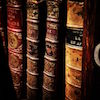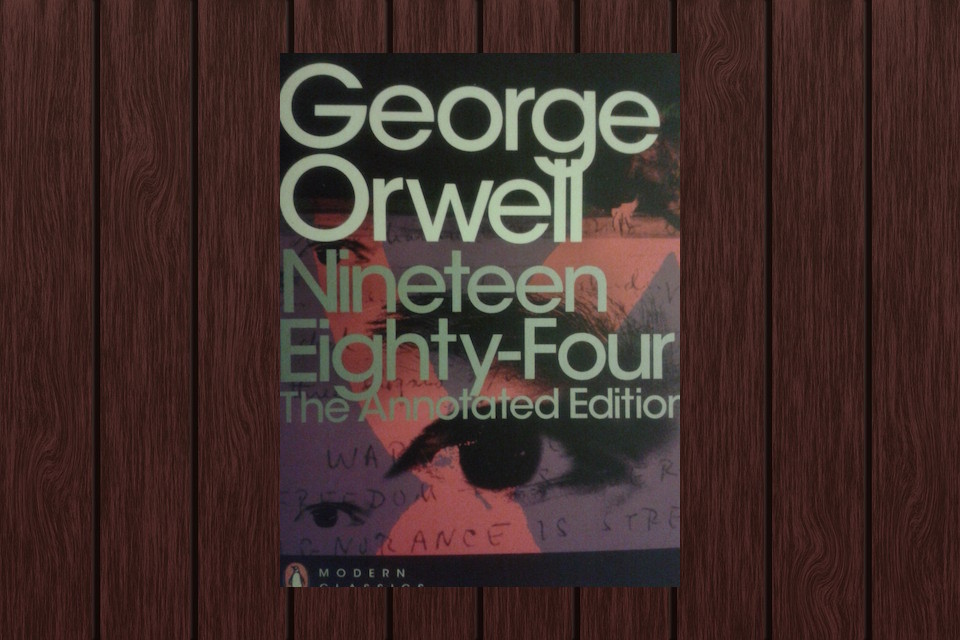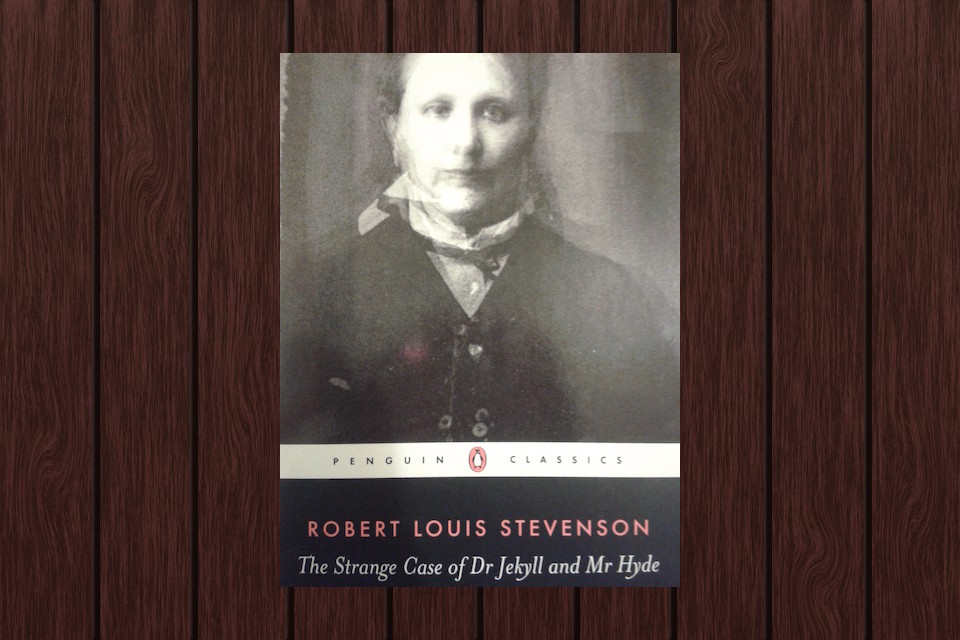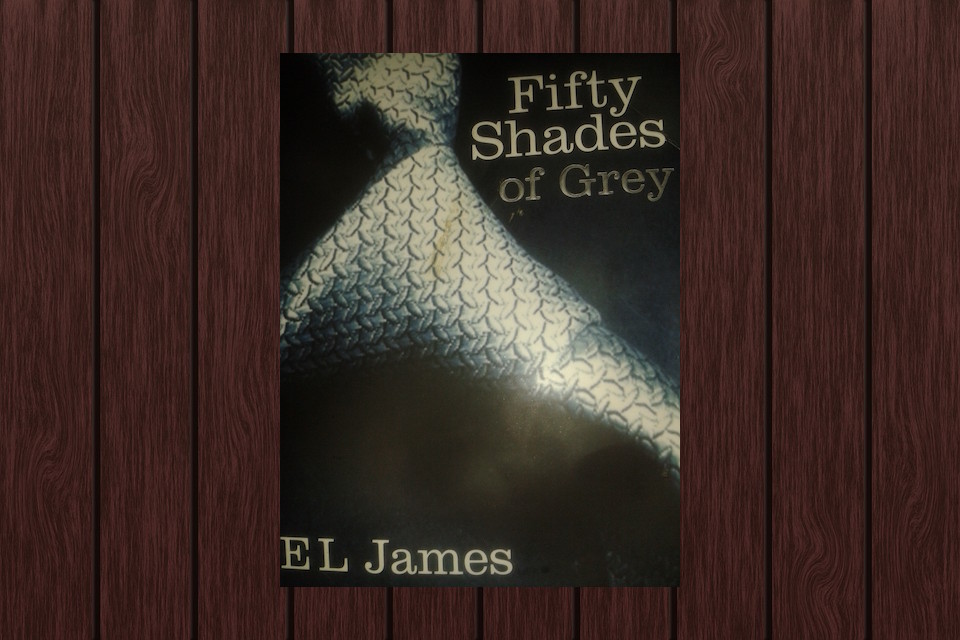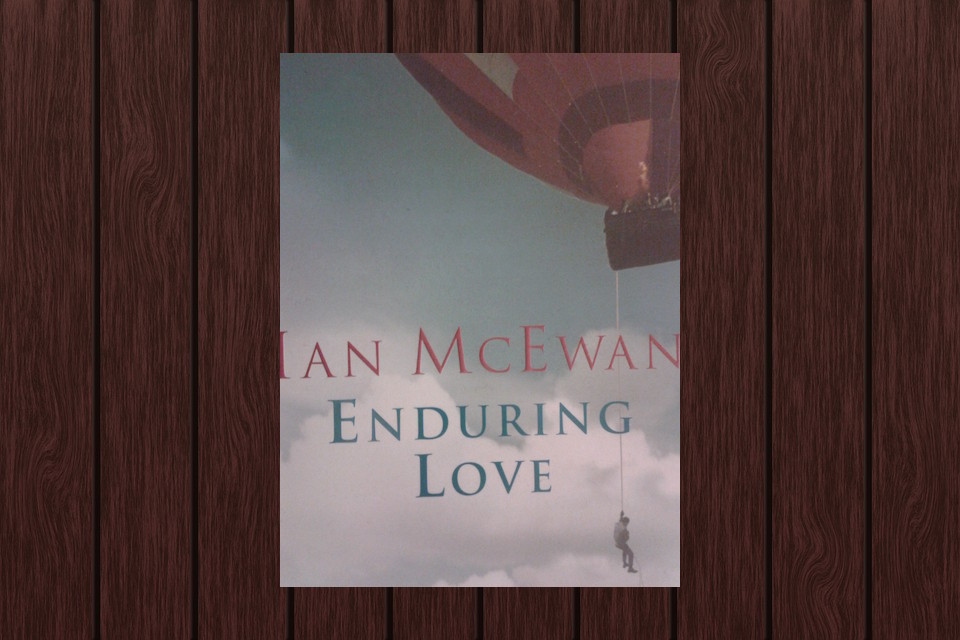I want to talk about Blake. It’s not easy to tackle him though.
It is simply not easy to understand him. Atypical romanticist, artisan, engraver, poet, he was a writer of multitudinous talents, though one might say less understood in his own time than in retrospect, and more difficult to pigeon hole than – say – Wordsworth or Coleridge. He was different: a middle class writer, a skilled craftsman, he toiled at his engravings of the divine, heaven, hell, cherubims and seraphims, Miltonic allegory, creatures of his own creation, patterns of contraries, sexual liberation, and a few breasts and buttocks.
The fact that Blake is timeless – and the fact that Blake generated polarised perspectives within his own time (whilst managing to pique the interest of countless contemporary literary descendants) – means that he is both worth understanding and relevant to us now. James Franco’s portrayal of Ginsberg in the film Howl 2010, and in particular the film’s double edged portrayal of sexual liberation, is just one instance of how Blake is recycled cyclically. In this sense, I mean to say that Blake’s themes reappear time and again in more contemporary works.
Alongside sex, though, it is the motif of building – (cities, hope for social change, the New Jerusalem) that is appropriated as an allegory for social revolution within the beats counter-cultural movement – (as a prevalent matter in the works of William Burroughs, and in particular the poetry of Allen Ginsberg).
To start with an esoteric symbol, (the glistening star which descends through the darkness of eternity in Milton, (1810) – colliding with the off-balance Blakean martyr), is a challenging, yet useful pursuit into the question of how Blake’s paradigms of building become appropriated in modern works.
Because the star would appear and reappear in Blake’s works, charting the metropolis, city, and nucleus of art (so called Golganooza), it is easy enough to recognise that building and crafting was doubly important to Blake. In the first instance, he was a craftsman – aiming to implement social revolution. In the second instance, it is this paradigm that is prevalent in his later epic works Milton and Jerusalem. The star’s journey is a metaphor for poetic inspiration, but it also charts the cities that were built within the Blakean cosmos – and these cities are, equally, places of artistic and poetic revolution.
Therefore Los stands in London building Golgonooza / Compelling his Spectre to labour mighty; trembling in fear / The Spectre weeps, but Los unmoved by tears or threats remains. / I must Create a System, or be enslav’d by another Man’s / I will not Reason & Compare: my business is to Create. (Jerusalem, Pl 10: 17 – 21).
It becomes an important theme, ‘building’: ‘building’ the verb, ‘building’ the noun (as found in Blake’s ‘London’); ‘building’ the metaphor, ‘building’ the actuality. It’s clear that Los (a figure of progressive change), and the city or system that he builds, allegorically parallels Blake’s endeavours in his writing – whilst also being a inherent part of the Blakean cosmos; the city is a metaphor for change, which is exactly what Blake himself stood for in his writing. And it pays to go deeper – to note that building as a motif can be found even in the syntactical cadences of Blake’s poetry, in the metrical hammering of the meter (in places), and that it stands before us upon Blake’s engraved plates – which are themselves like the brickwork of his corpus.
What was Blake doing? What did he stand against? Impoverishment? This is true to a large extent. The ‘Marks of weakness, marks of woe’ that are found in ‘London’ are just one instance of the impoverishment that Blake was opposed to. In the French Revolution of 1789 he found inspiration and opportunity for social revolution in England, and this is mirrored in many of his Songs. At the start of his career, he saw problems with the church as an institution, with marriage, and viewed sexual liberation as a freedom which would become a force for social progression. His views later tamed somewhat. But he was building against what he viewed as integral problems with societal institutions.
In America, Blake portrayed the convoluted nature of the American Revolution, which was bound up in the dichotomy between England’s former colonial power and America’s involvement with the Slave Trade.
The times are ended; shadows pass, the morning ‘gins to break; / The fiery joy that Urizen perverted to ten commands, / What night he lead the starry hosts thro’ the wide widerness: / That stony law I stamp to dust. (America, Pl 9 / 10: 1 – 5).
In this instance, revolution is signalled by the destruction of the written law, which is the past, and the narrow-minded ‘Urizen’ becomes an metaphor for what has been. Urizen’s law (an apt characterisation and pun on the restrictive law created by ‘your reason’) needs rewriting and re-sculpting, which in the historical context happened in the American Revolution. Reason, for Blake, was problematic in the sense that it prevented social progression. Blake was taking the notion of the American Revolution, in addition to the French, and trying to make it fit in England.
America had found its independence and gained its own rights, but it would commit atrocities 150 years later in the Second World War, losing sight of the responsibilities that come with such rights and independence. It would deploy the atom bomb in Hiroshima and Nagasaki, making for a backlash of moral atonement and horror. Its economy would suffer, too, in the light of the Second World War, and it is this that the beats counter-cultural movement, and Ginsberg in particular would appropriate – whilst assimilating the Blakean metaphor for social revolution (building) at the same time.
Holy the solitudes of skyscrapers and pavements! Holy / cafeterias filled with the millions! Holy the mysterious / rivers of tears under the streets! / Holy the lone juggernaut! Holy the vast lamb of the middle / class! Holy the crazy shepherds of rebellion! (Howl, 9 – 11).
As seen in Ginsberg’s Howl, the beats poet juxtaposes the sublime and the everyman – intertwining the self, soul and city into interjections and repetitive mantric cries. His cries are set alongside the very real ‘skyscrapers and pavements’, to the cities of New York and Los Angeles, and later, to San Francisco and Paris. These scenes of destitution and impoverishment, mental turmoil and pain are all entwined with the city itself. Ginsberg, then, is coalescing the sublime and the banal, just as Blake had done. Early on in Howl, the ‘best minds’ become ‘destroyed’, the ‘hipsters’ are ‘angelheaded’ and every anonymous ‘who’ is succeeded by an adjective or epithet of misery or pain – of ‘poverty and tatters’, ‘supernatural darkness’ and ‘hollow-eyed skulls’.
At the same time, Ginsberg’s poetic syntax – like Blake’s – becomes an edifice, a structure of linguistic signifiers that become representative of sadness and bitterness. It highlights the problems that America faced post the Second World War. Humanity in this instance is forever ‘dragging’, ‘smoking’, ‘looking’ or ‘floating’ towards ill health or destitution. It is Blakean. But it is Ginsberg.
I recommend the film, too. Franco’s eerily accurate portrayal of Ginsberg’s trial for sedition seamlessly gets to the heart of that subtle line between public and private – essentially, what a writer can and cannot say. It charts Ginsberg’s struggle with the law, whilst portraying a biographical timeline for the Beats writer, his life, his love, his passion, his sexuality. And interspersed throughout the film are interesting cut-aways and graphics, which illustrate exactly what Howl, the poem, is all about.
But to return to Blake…
Because he can be found in the forties; because he is assimilated in the seventies’ Beats counter-cultural movement, among the likes of Allen Ginsberg, Jack Kerouac and William Burroughs et al; because his motifs, coinages and homilies of rebuilding amoral societies can even be discerned in modern films, such as the adaptation of Pullman’s His Dark Materials trilogy (The Golden Compass, 2007), Blake is both interesting and relevant now.
The ‘Green and pleasant land’, those lyrics that stirred the pride, roused the hairs on the back of your neck, moved you to tears during the London 2012 Olympic games, those were – of course – Blake’s.
‘I will not cease from Mental Fight, ; Nor shall my sword sleep in my hand / Till we have built Jerusalem, / In England’s green and pleasant Land’. (Preface to Milton: Pl i, 13 – 16).
